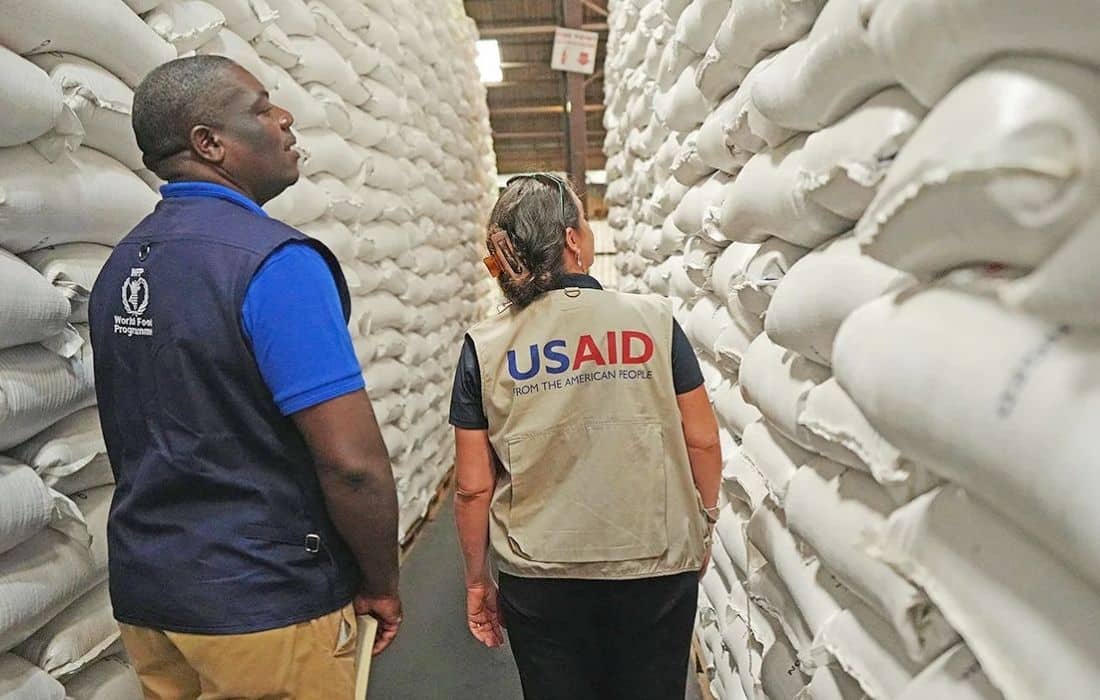PARIS: The global aid decline in 2024 marked a turning point after five consecutive years of growth, according to new figures from the Organisation for Economic Cooperation and Development (OECD).
International aid from official donors fell by 7.1% in real terms compared to 2023, totalling USD 212.1 billion. This dip was mainly due to reduced humanitarian spending, lower contributions to international organisations, and a sharp fall in aid for Ukraine.
Aid to Ukraine dropped by 16.7%, while refugee-related costs in donor countries fell 17.3%, reflecting a broader retreat from crisis-focused funding. Humanitarian assistance also declined by 9.6%, totalling USD 24.2 billion.
The OECD’s Development Assistance Committee (DAC) members’ aid spending represented 0.33% of their combined national income. Only Denmark, Luxembourg, Norway, and Sweden met the UN’s 0.7% target.
The United States remained the top donor, providing USD 63.3 billion, or 30% of total DAC aid. Germany, the UK, Japan, and France followed.
Aid to sub-Saharan Africa stood at USD 36 billion, down 2%, while aid to the least developed countries (LDCs) fell by 3%, to USD 35 billion.
OECD Secretary-General Mathias Cormann called for optimising the effectiveness of limited funds to protect vulnerable communities and support development. Meanwhile, DAC Chair Carsten Staur warned of deeper cuts ahead, urging donors to focus on poverty, climate transitions, and governance.
Aid rose in 10 countries but dropped in 22. Despite financial pressures, the OECD stressed that doubling down on aid effectiveness is critical to unlocking further funding sources and supporting sustainable development.

















